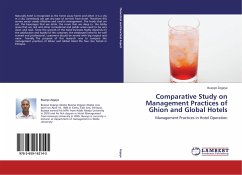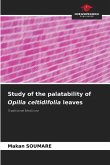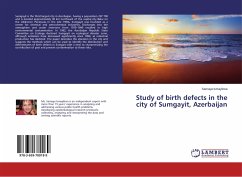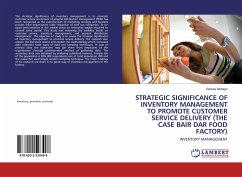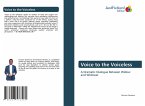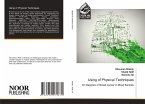The study of blood by spectroscopic techniques and CR-39 detector can be used not only to understand the biological nature of the disease, but also to diagnose lung cancer. In the current work, atomic absorption technology is used to study differences in concentration in trace elements (Cu, Zn, Fe and Ni) between serum of health human and patients of lung cancer.Lung cancer is one of the most common leading causes of cancer mortality around the world. Many efforts have been made recently to use element contents in human body to aid for diagnosing various diseases including cancer. Accordingly, this study aimed to investigate the serum contents of elements Cu, Ni, Zn, and Fe of lung cancer patients and compared them with those found with controls using atomic absorption spectrophotometry technique.The results obtained showed there was a Statistical significance of zinc where, (p 0.005).In addition, it was found out that the Cu/Zn ratio was no significantly higher in patients than those of controls.
Bitte wählen Sie Ihr Anliegen aus.
Rechnungen
Retourenschein anfordern
Bestellstatus
Storno


